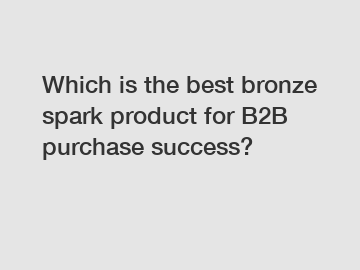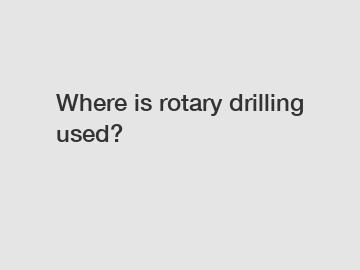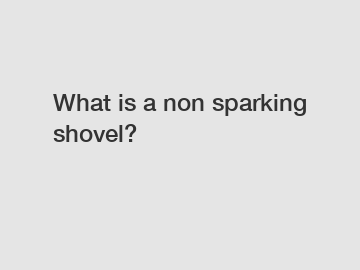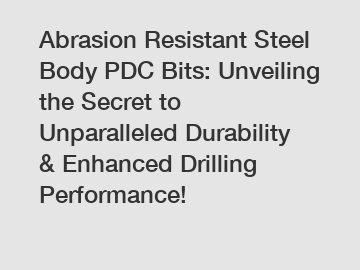5 Essential Features to Look for in a Non-Sparking Brass Brush
When it comes to industrial cleaning tasks in sensitive environments where sparks could pose a hazard, such as in chemical plants or around flammable materials, using the right tools is crucial. A non-sparking brass brush is a reliable option for these situations, offering effective cleaning without the risk of ignition. However, not all non-sparking brass brushes are created equal. To ensure you're investing in a brush that meets your needs and safety requirements, here are five must-have features to look for:
1. High-Quality Brass Bristles:
The primary component of a non-sparking brass brush is, of course, the brass bristles. Look for a brush with high-quality brass bristles that are durable and resistant to corrosion. The bristles should be securely attached to the brush head to prevent shedding during use, which could lead to contamination or safety hazards.
2. Non-Sparking Construction:
The most critical feature of a non-sparking brass brush is its ability to prevent sparks during use. Ensure that the brush is specifically designed and certified as non-sparking, meeting industry standards for safety in potentially explosive atmospheres. This certification provides peace of mind that the brush will not ignite flammable materials or gases, reducing the risk of accidents and workplace injuries.
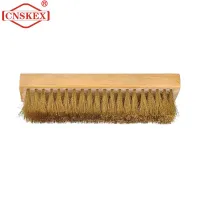
3. Ergonomic Handle Design:
Cleaning tasks often require repetitive motions, so comfort and ergonomics are essential considerations. Look for a spark-free brass brush with an ergonomic handle design that provides a comfortable grip and reduces hand fatigue during prolonged use. A cushioned or textured handle can offer additional comfort and control, enhancing user experience and productivity.
Explore more:Knowledge of Diagonal Pliers
Tips for Saving Money When Purchasing Spark-Free Tools
Maintenance of Pneumatic Impact Wrenches
4 Advice to Choose a Non-Sparking Striking Tools
Non-Sparking & Non-Magnetic Hand Tools
Everything You Need To Know About Non-Sparking Tools
How to Roll on a Painted Pattern
4. Versatile Brush Head Design:
Choose a non-sparking brass brush with a versatile brush head design that suits your specific cleaning needs. Whether you're removing rust, corrosion, or debris from surfaces, a brush with varying bristle lengths or angles can provide better reach and coverage. Additionally, consider a brush with a scraper edge or integrated scraper for tackling stubborn deposits effectively.
5. Chemical Compatibility:
Depending on the cleaning application, you may need to use chemical cleaners or solvents in conjunction with the brass brush. Ensure that the brush is compatible with the chemicals you intend to use, as some materials may react with certain metals or coatings. Look for a non-sparking brass brush that is resistant to chemical corrosion and can withstand exposure to a wide range of cleaning agents.
In conclusion, when selecting a non-sparking brass brush for industrial cleaning tasks in potentially hazardous environments, it's essential to prioritize safety, quality, and functionality. By choosing a brush with high-quality brass bristles, non-sparking construction, ergonomic handle design, versatile brush head design, and chemical compatibility, you can ensure effective cleaning without compromising safety. Investing in the right non-sparking brass brush not only protects your facility and equipment from damage but also safeguards the well-being of your employees.
When to Use wallpaper stencil roller?
how to choose PTFE lined tanks?
Why is barium sulfate used in paint?
Top 15 Chinese Wholesale Websites to Buy from China
Top-Quality Used Sledgehammers for Sale - Find Your Perfect Tool Now!
Key Questions to Ask When Ordering essential electrician tools" - A Guide for DIY Enthusiasts
7 Essential Tips for Understanding Bit PDC




